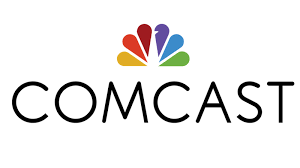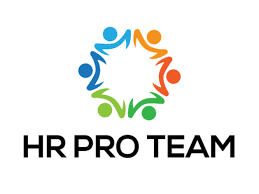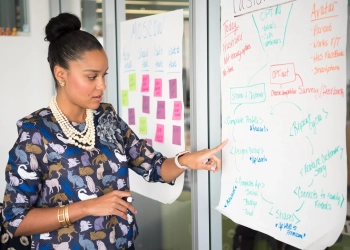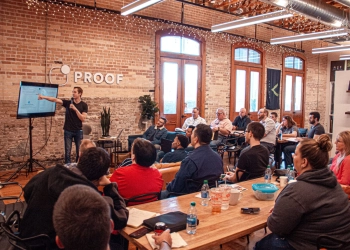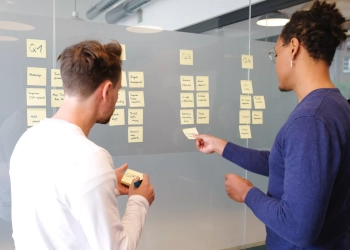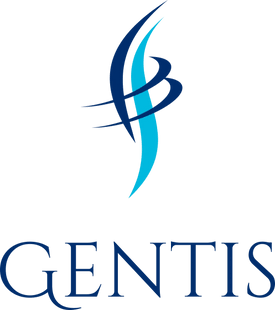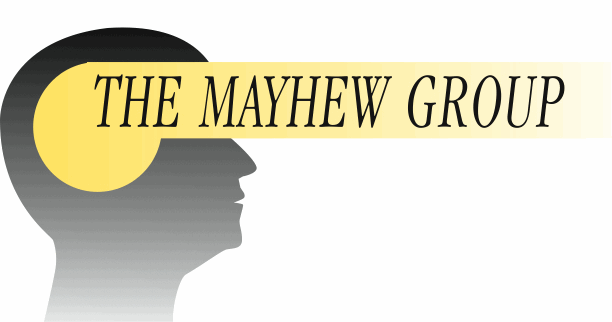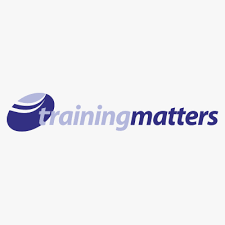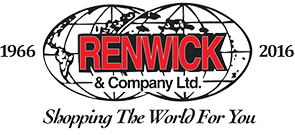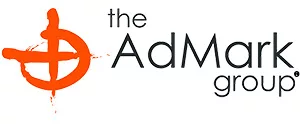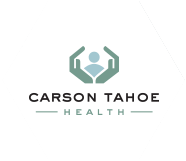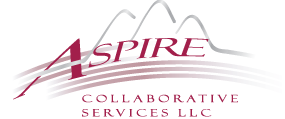Transform Teams, Culture, And Performance Instantly.
Creating a course on organizational behavior from scratch can feel overwhelming.
Hours of preparation, content creation, and design can leave you exhausted before your first session.
Oak Innovation’s Organizational Behavior Skills Workshop Pack changes that.
With prewritten, fully customizable slides, manuals, and self-study guides, you can launch your first workshop in minutes.
Empower teams to improve dynamics, increase performance, and build a strong, cohesive culture without the frustration of starting from zero.
Why Trainers Love This Pack.
Training on organizational behavior skills that feels like it was written for you. With editable courseware, you decide the content, the look, and the message.
This pack is made for trainers, HR professionals, and team leaders. It gives you all the steps and training content needed to run effective workshops that create real change.
Immediate Impact, Zero Guesswork
Download today, customize to your audience or brand, and walk into your session tomorrow with full confidence.
Professional Materials That Feel Like Yours
A polished PowerPoint deck, participant workbook, and editable templates — designed so you can add your logo and voice while keeping the heavy lifting done for you.
Step-by-Step Support, Even if You’re New
Our facilitator notes, 15 workshop guides, and 17 practical forms give you the exact words, activities, and flow to lead sessions that feel seamless and engaging.
Interactive Tools That Keep Learners Engaged
From icebreakers to real-world exercises and games, you’ll have everything you need to turn “passive listening” into active learning and behavior change.
What Your Learners Will Gain.
Training should reflect your culture and goals. That’s why our editable resources give you full control to tailor content anytime, with no extra charges.
By the end of your workshop, participants will leave not just with theories, but with skills they can use right away to improve how they work together:
- A clear understanding of core organizational behavior principles.
- Insight into key management and leadership theories.
- Practical strategies for building healthier, high-performing teams.
- Hands-on experience through activities, assessments, and action plans.
This isn’t just a workshop. It’s an experience that empowers people to see their workplace differently — and to take action that improves it.
With this Workshop Pack, you can skip the weeks of content development and step directly into what you do best: guiding, inspiring, and helping people grow.
Who This Is For.
Keep training flexible and sustainable. With editable content, you can refresh materials anytime without extra fees.
- Internal Trainers, L&D Professionals & Consultants – Deliver professional workshops without the hassle of creating content from scratch.
- People Managers, Team Leads & Coaches – Equip your teams with the skills to make smarter, faster decisions.
- HR Professionals & Learning Strategists – Close skills gaps and prepare employees for the future of work.
- Training Entrepreneurs – Expand your offerings with ready-to-deliver, customizable materials.
Trusted By Leading Brands.
Deliver a workshop that drives measurable improvement in team performance, engagement, and organizational behavior skills — without the stress of building from scratch. Download today and start facilitating workshops tomorrow.
Topics Covered.
Build once, adapt forever. Editable resources let you create training that grows with your organization.
1. What is organizational behavior?
- The essentials of organizational behavior.
- What is organizational behavior.
- The evolution of management perspectives.
2. Models of organizational behavior
- Key theories on organizational behavior.
- Fundamental organizational theories (e.g., scientific management, job simplification, and classical organizational theory).
- Fayol’s 14 principles.
- The Hawthorne Studies.
- Human Relations Theory and McGregor’s Theory X And Y view on management styles.
- Systems and contingency perspectives on organizational behavior.
- Leadership theories.
- The role of leadership in organizational behavior.
3. Characteristics Of The Excellent Organization
- Bias for action.
- Stay close to the customer.
- Autonomy and entrepreneurship.
- Productivity through people.
- Hands-on management.
- Sticking to the knitting.
- Ssimple form and lean staff.
- Loosely and tightly organized.
Here’s Everything Inside:
We know leading a workshop can feel like a lot — preparing materials, engaging your group, and making sure the learning actually sticks.
That’s why we’ve designed resources that take the pressure off you and help your participants get the most out of every session.
#1 Instructor Manuals
Step in with confidence using detailed manuals that guide you through every session with ease (created to provide the training content you need and help you whenever you get stuck).
#2 Editable Slide Decks
Save hours with 62 fully-prepared, professional slides designed to keep your sessions engaging (perfect if you’ve not got a lot of time to create content from zero).
#3 Unlimited Workbooks Share as many 48-page, participant-friendly workbooks as you want — ready to use and easy to distribute (to help everyone who is ready to expand and elevate their workshops).
#4 Insider Teaching Guides
Get pro tips and proven strategies to make your sessions memorable and impactful (guides + handouts without the effort, the overwhelm, or cost).
#5 Interactive Exercises & Games
Keep energy high with activities that boost participation and help learning stick (even if you don’t have a lot of experience of delivering workshops!).
#6 Curated Reading Lists
Give learners a clear path for continued growth with carefully selected resources.
#7 Ice Breakers That Work
Start strong and build connection fast with tried-and-true ice breakers.
#8 Course Tests & Evaluation Tools
Track real progress with ready-to-use assessments and tools for continuous improvement.
#9 Action Plan Templates
Help learners apply what they’ve learned with ready-made templates for long-term success.
In short, we make it easier for you to show up prepared, keep learners engaged, and know your training is making an impact.
Trusted By World-Class Brands.
Utilized by leading organizations such as Apple, Cadbury, Citi, Disney, Microsoft, IBM, Harvard, HSBC, and more.
“You will receive a Word document, PDF, PowerPoint, and comprehensive participant manual; your satisfaction or money back will be guaranteed.” International Association Of Teamwork Facilitators
“For a once-off cost per training pack, you’ve saved coaches countless hours of program development time… your spirit of generosity is greatly appreciated.” Sylva K. Leduc, Executive Coach
Ready To DIve In?
Get instant access today and start delivering high-impact sessions tomorrow — stress-free, customizable, and designed to elevate performance and culture.





